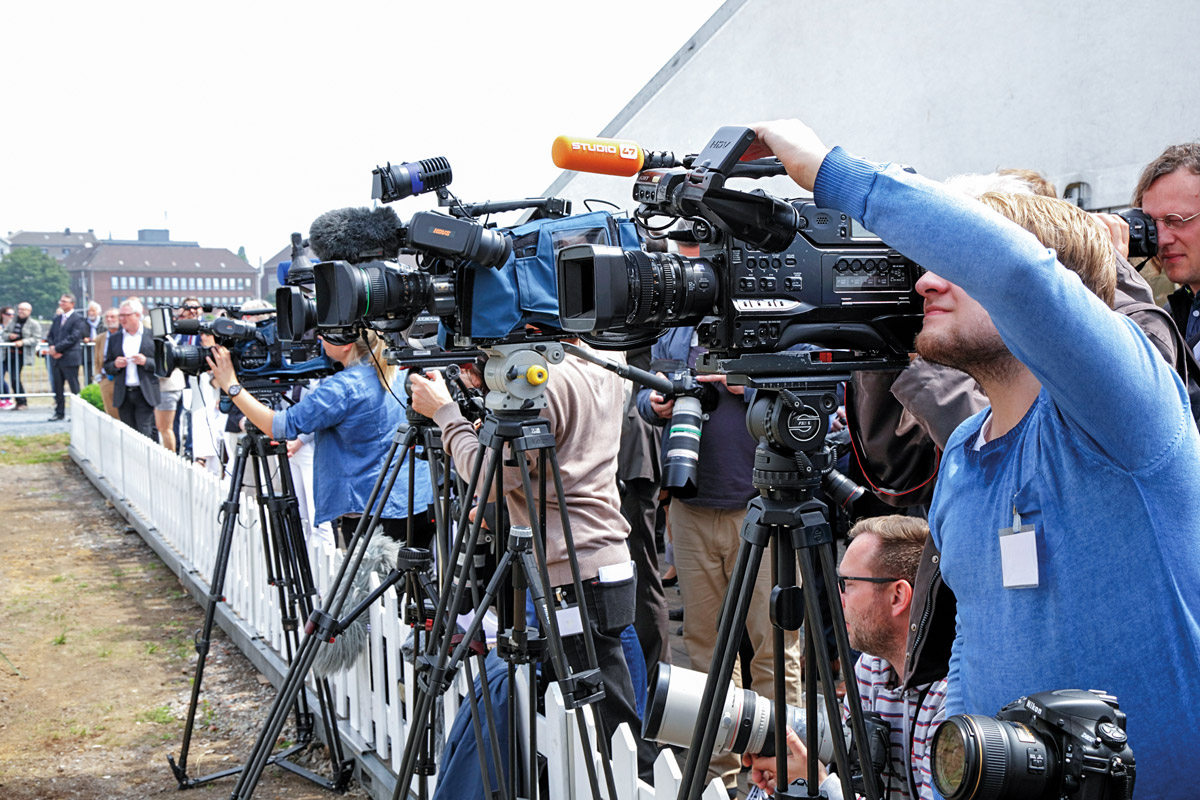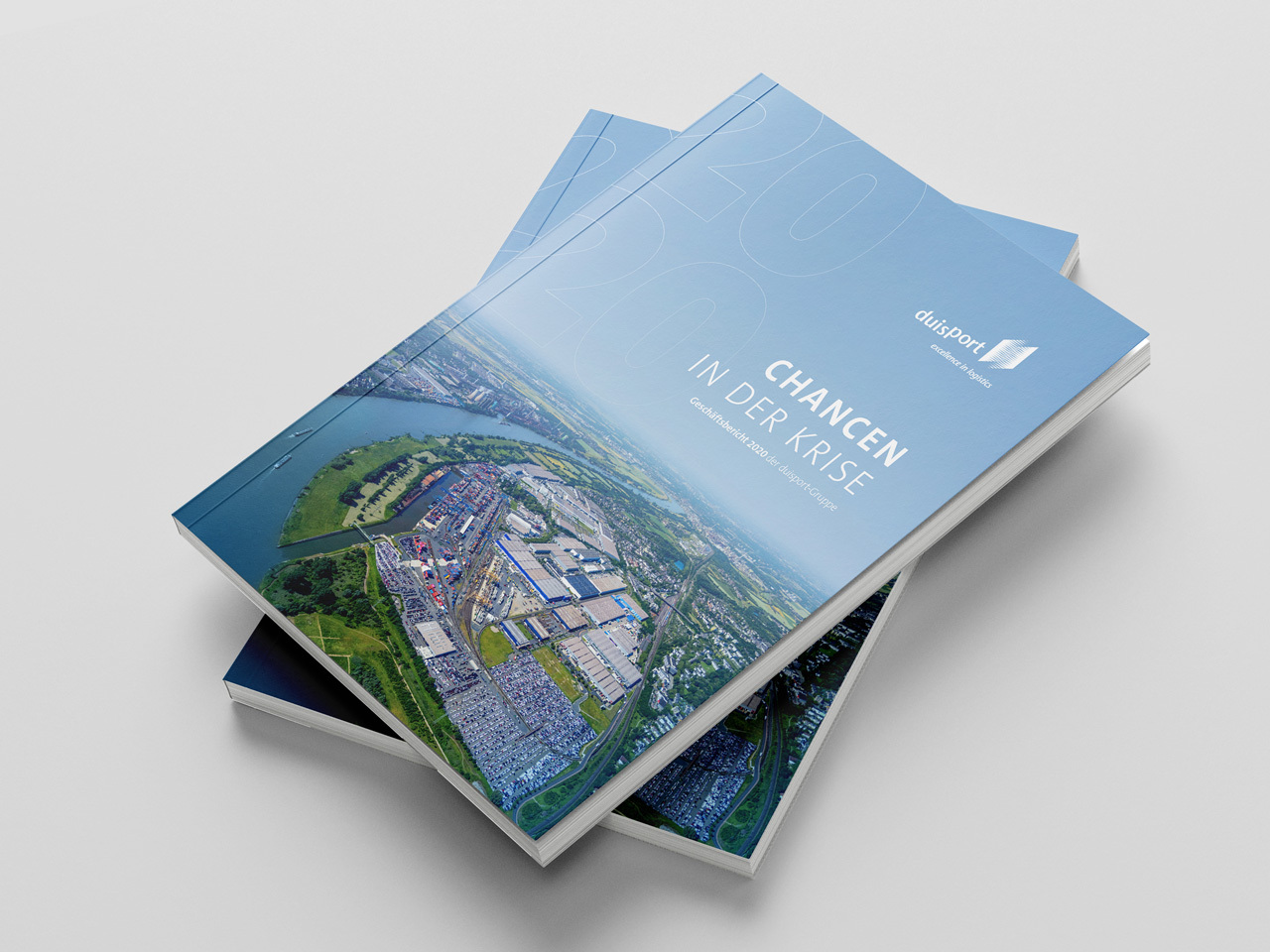Current press releases of duisport group
Energy transition – Europe’s first climate-neutral container terminal based on hydrogen technology is being built in the Port of Duisburg
- A concept for the complete energy transformation of the terminal is being realized in the joint project “enerPort II”
- The former Coal Island is becoming a model project for the future of logistics with Europe’s largest hinterland hub
Not only is the largest container terminal in the European hinterland being built in the Port of Duisburg – it is also the first terminal with completely climate-neutral operations using hydrogen, intelligent networking, and the ability to supply neighboring districts with energy. On the site of the former Coal Island, duisport will construct the trimodal Duisburg Gateway Terminal (DGT) by 2023 together with its international partners Cosco Shipping Logistics, Hupac SA, and the HTS Group.
To implement the complete energy transformation of the world’s largest inland port, duisport and the Fraunhofer Institute for Environmental, Safety and Energy Technology UMSICHT have analyzed forward-looking technologies and developed customized models for Europe’s largest hinterland hub as part of the “enerPort” project. In the follow-up project “enerPort II” (funding code: 03EN3046), the next step is now to install a sustainable energy system in the DGT that links renewable energies, energy storage, consumers and various hydrogen technologies. Key components for this are fuel cell systems and hydrogen engines for power generation as well as battery storage.
“enerPort II” is the first implementation project on the topic of hydrogen in the Port of Duisburg
“In the Duisburg Gateway Terminal, our operations will not only be state-of-the-art, digital and efficient, but also 100 percent climate-neutral. The largest development project since ‘logport I’ 22 years ago is a model project with a resonance far beyond the Port of Duisburg. It shows what the logistics and energy supply of tomorrow will look like,” says duisport CEO Markus Bangen.
Other partners in the first hydrogen project to be implemented directly in the Port of Duisburg are Westenergie Netzservice GmbH, Rolls-Royce’s Power Systems business unit, Netze Duisburg GmbH, Stadtwerke Duisburg and Stadtwerke Duisburg Energiehandel GmbH. The project is being funded by the German Federal Ministry of Economics and Climate Protection for a period of four years as part of the “Hydrogen Technology Offensive”.
Duisburg Gateway Terminal to be operated as self-sufficiently as possible
“Specifically, we will implement a sustainable, hydrogen-based energy concept that aims for a high level of self-sufficiency,” says Alexander Garbar, Deputy Head of Corporate Development and Sustainability Manager at duisport. “An intelligent local energy network couples and controls renewable energies in the form of photovoltaic and hydrogen-based combined heat and power plants with electrical and thermal energy storage systems as well as hydrogen storage and consumers such as onshore power, charging stations and crane systems. A future supply of adjacent districts will also be considered on a theoretical basis.”
“Inland ports are special urban districts with their own energy requirements,” says Dr. Anna Grevé, Head of the Electrochemical Energy Storage Department at Fraunhofer UMSICHT. “They provide a home for both national and international freight transport as well as other industries and trades, and are also often located close to residential areas. As a consequence, their further development must meet economic requirements alongside climate and environmental protection requirements.”
Modular structure enables further follow-up projects
One special feature of the “enerPort II” project is its modular structure. This creates the conditions for an uninterrupted continuation of the transformation process, as follow-up or satellite projects can be integrated without any problems. For example, electrolyzers or hydrogen-powered locomotives. “This will make the terminal the anchor point and nucleus for the transformation process of the entire Port of Duisburg,” says Alexander Garbar.
In the final stage, following two construction phases, a revolutionary modal split is to be implemented at the DGT that provides for 40 percent transport by rail, 40 percent transport by inland waterway vessel – and only 20 percent road transport by truck. For this purpose, 240,000 square meters of terminal space will accommodate six gantry cranes, twelve block train tracks with a length of 730 meters, and several berths for inland waterway vessels.
Capacity for China trains grows to 100 units per week
Hydrogen-powered shunting locomotives are to be used at the DGT in the future. Otherwise, there are no reach stackers; all goods movements are controlled digitally. An onshore power connection is available for each barge at the dock to minimize greenhouse gas emissions.
The new large-scale terminal is already considered as a test field and model for climate-neutral inland ports worldwide. The DGT will also bolster duisport’s handling capacity, with the China trains increasing to up to 100 units per week, for example.
“enerPort II” is the follow-up project to “enerPort I”. The aim of the project was to investigate where inland ports can be supported in their energy transformation. The outcome is a method that combines, optimizes and evaluates various energy plants and Power-to-X technologies.
Successful semi-annual balance 2021 – duisport reports double-digit growth in container handling
- Total handling volumes slightly above the level of the previous year.
- Expansion of handling capacities strengthens market position.
At the half-year mark, container traffic at Duisburger Hafen AG (duisport) is significantly higher than in the previous year. Container handling in the first half of 2021 was around 2.2 million TEUR, which is 10 percent higher than in the previous year (2020: 2 million TEUR).
The tonnage growth in combined transportation even grew by 11 percent. Shipping volumes increased by 5 percent and rail segment by 14 percent compared to the previous year.
Rail-based goods traffic with China, as well as European connections with Poland and southern Europe, were the main drivers behind this growth. Both the expansion of existing routes and new destinations, e.g. Spain, contributed to this.
“This is a very pleasing and positive development. We also expect to see strong growth in the combined transportation segment in the second half of the year,” says duisport CEO Erich Staake. “Fortunately, a new container terminal will go into operation at logport VI at the end of this year, which will further increase the handling capacities in Duisburg.”
“At this time, the handling of containers, swap bodies and trailers already accounts for over 60 percent of the total handling volume at the Port of Duisburg. It means that the structural transformation in this important growth segment has also been successful,” concludes Erich Staake.
Total handling volumes in the first half of 2021 were 29.5 million tonnes, which is slightly above the previous year’s result (2020: 29.2 million tonnes). The strong growth in the combined transportation segment over-compensates for the decline

Media archive
This section contains our press releases and social media posts of the last few years.

Media Center
Various photos, videos and high-resolution media material: The Media Center contains photos and videos about the latest topics related to the duisport Group; this material can be used for editorial purposes.

Publications
This section offers additional information about duisport, e.g. the most recent annual report, our customer magazine, the company brochure or our image campaign.